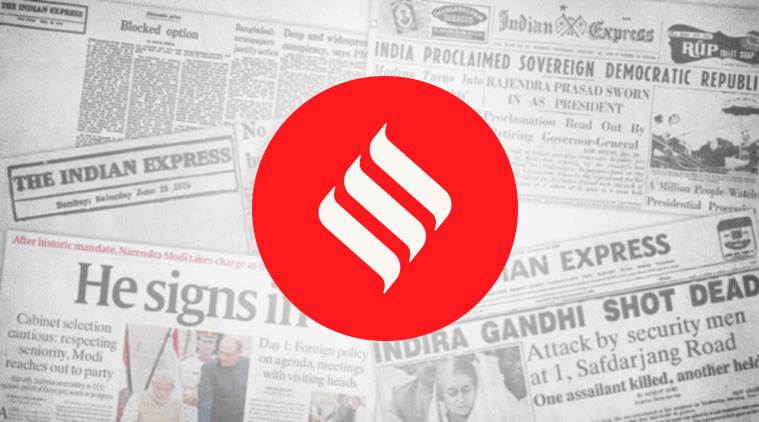Opinion Mutual fear
Franklin Templeton decision could have ripple effects. RBI and SEBI must ensure adequate liquidity to intermediaries.
 Country needs to evolve well-rounded protocols for managing disasters, not look at them as only administrative problems.
Country needs to evolve well-rounded protocols for managing disasters, not look at them as only administrative problems.  Over the past month, investors have pulled out billions from debt funds, as fears that the disruption in economic activity caused by the lockdown.
Over the past month, investors have pulled out billions from debt funds, as fears that the disruption in economic activity caused by the lockdown.
On Thursday, Franklin Templeton Mutual Fund announced its decision to wind up six debt schemes with a combined asset base exceeding Rs 25,000 crore. The fund house said that redemption pressures, coupled with reduced liquidity in the bond markets, had compelled it to take this decision. The Association of Mutual Funds of India (AMFI) has sought to quell the panic, assuring investors that a significant share of fixed income fund assets is invested in superior credit quality securities, and that the schemes have liquidity to ensure normal operations. While this may well end up being a localised event, there are concerns over its possible ripple effects. This event could lead to risk aversion on the part of both investors as well as fund managers. Risk averse investors may rush to withdraw from similar funds, while fund managers may now prefer the safety of more liquid higher rated paper, leading to further stress in the bond markets.
Over the past month, investors have pulled out billions from debt funds, as fears that the disruption in economic activity caused by the lockdown will impair the ability of corporates to service their debt obligations, have gained traction. This surge in redemptions has created liquidity issues for fund houses. The Franklin Templeton schemes were largely directed towards high-yield instruments. In the current environment of risk aversion, finding buyers for low-grade credit papers is a daunting task. And even if it did find buyers, it would have had to take huge haircuts. Debt funds are a key source of funding of corporates. And if the redemption pressure builds up, and they are unable to offload their portfolios in the market, or their borrowings are not sufficient to cover their obligations — SEBI has imposed a limit of 20 per cent of assets under management for such loans —then funding to corporates will come under severe strain. Credit flows beyond the higher investment grade firms are likely to come under pressure, and liquidity issues may well morph into solvency issues.
The results of the latest round of the RBI’s targeted long-term repo operations suggest banks are unwilling to take on credit risk. Who will then take on the credit risk? To begin with, the Reserve Bank of India should consider providing direct liquidity to intermediaries, perhaps along the lines of what was done during the financial crisis of 2008-09. The costs of intervening early are less than the price of delayed action.






